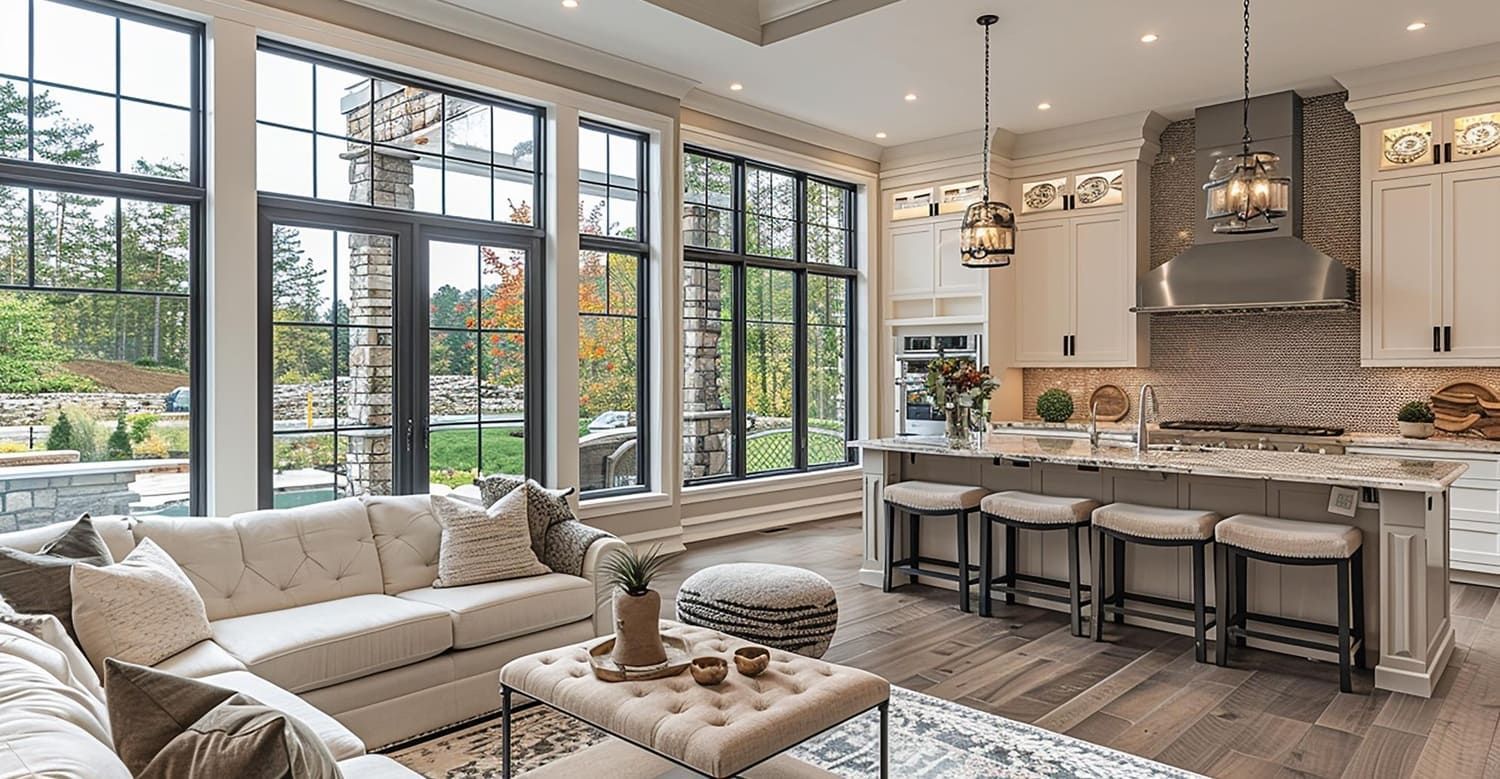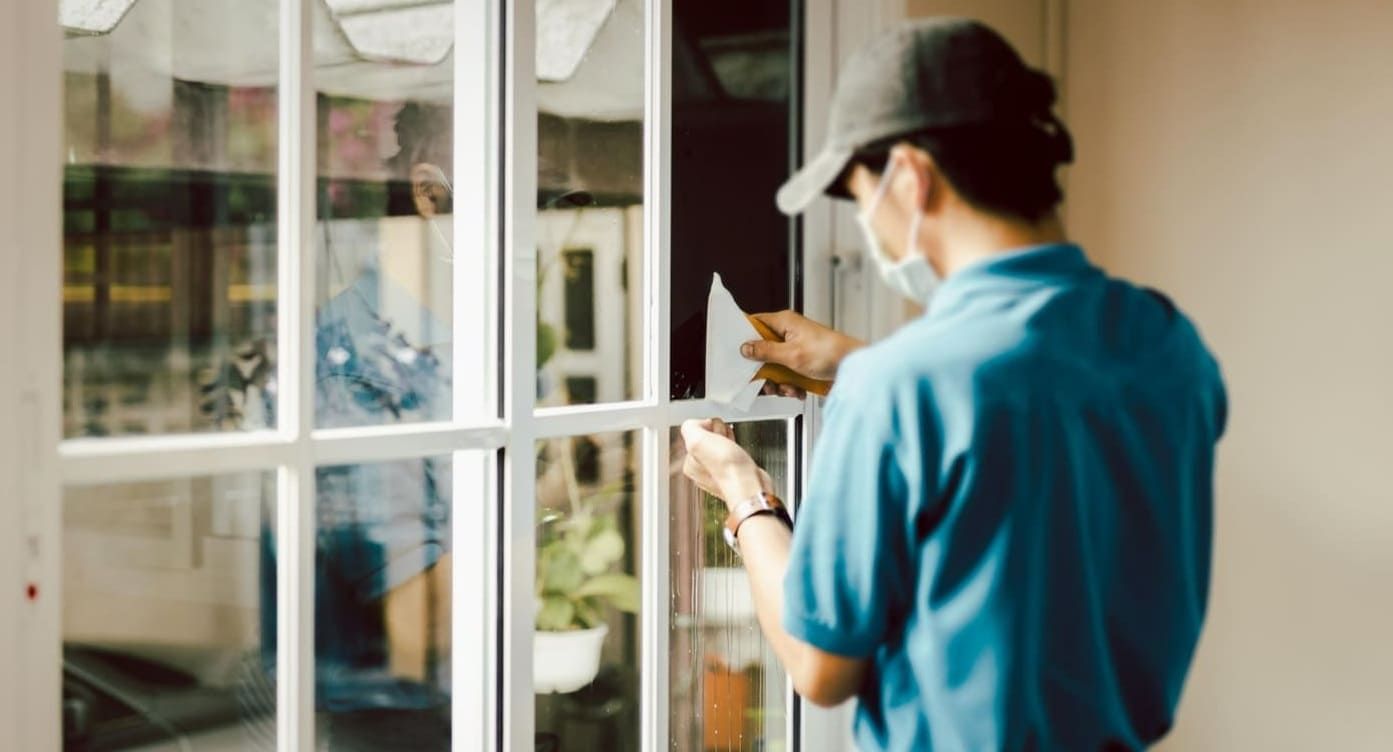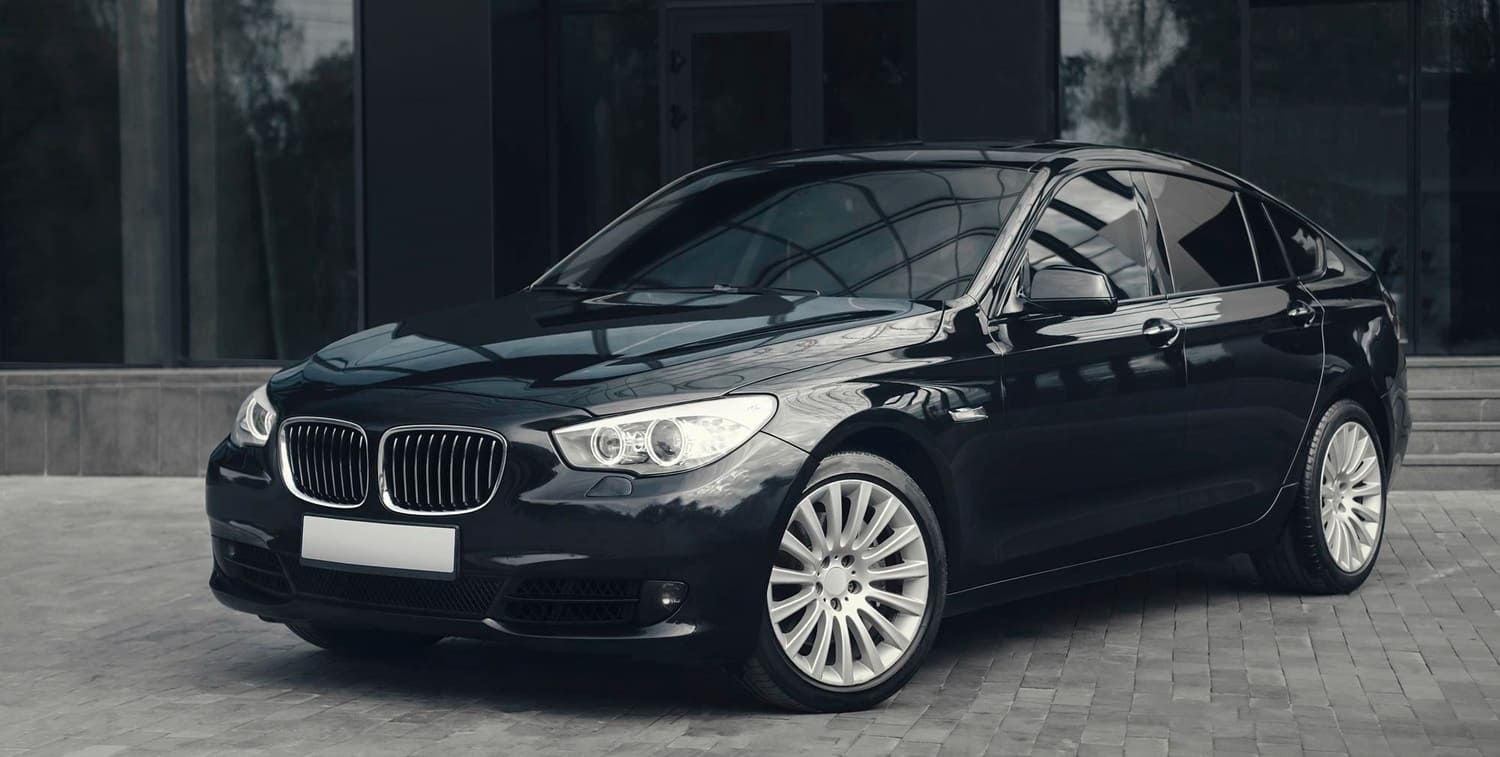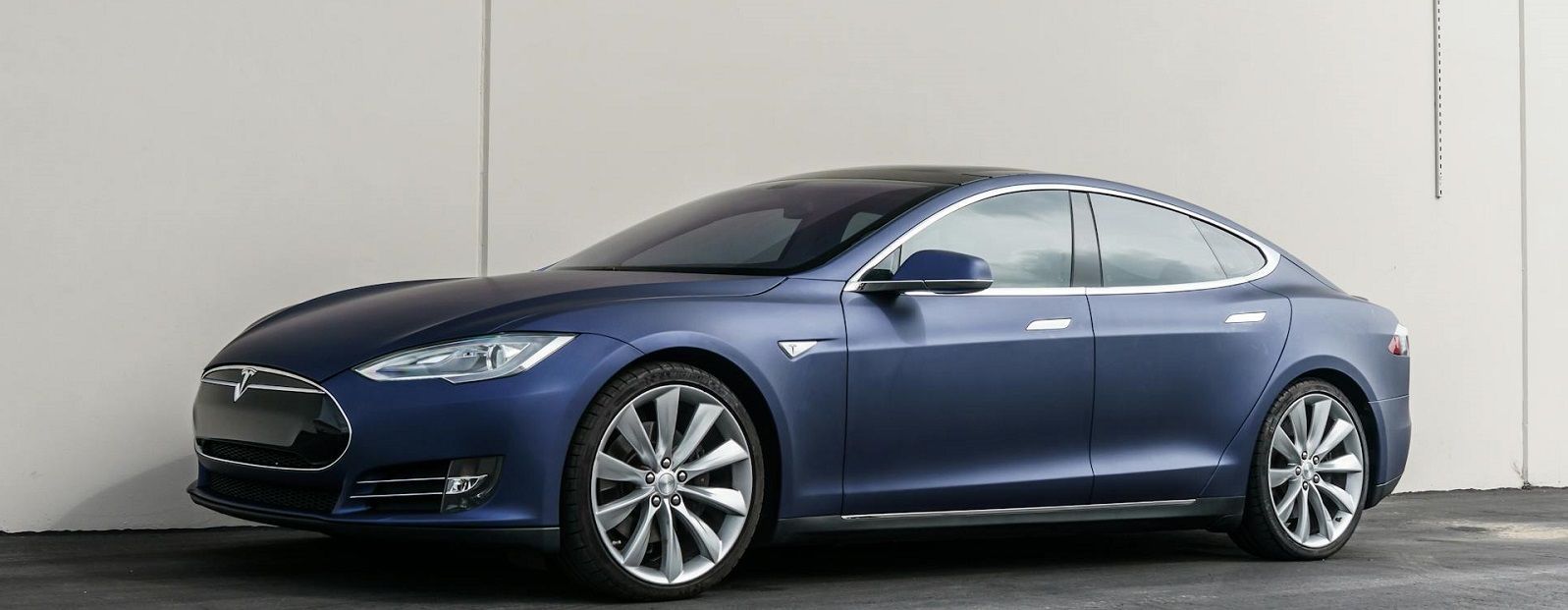Home Window Tinting vs. Blinds and Curtains: Which is Better?
When it comes to dressing up your windows, the choice often boils down to window tinting, blinds, or curtains. Each has its own perks and drawbacks. Window tinting is gaining popularity for its ability to control heat and light while offering privacy. Blinds are known for their sleek look and light control, but they can be a hassle to clean. Curtains add a touch of elegance but might not be the best for insulation. So, which one should you pick? Let's dive into the details and see how they stack up against each other.

Key Takeaways
- Window tinting offers heat and light control, making it a long-lasting solution with minimal maintenance.
- Blinds provide precise light control and are budget-friendly, but they can be difficult to clean and maintain.
- Curtains add aesthetic appeal and can be combined with window tint for better insulation and privacy.
- Window tinting can lead to energy savings by reducing heat gain and blocking UV rays.
- Choosing between these options depends on your priorities: aesthetics, privacy, energy efficiency, or budget.
Understanding Home Window Tinting
Benefits of Window Tinting
Window tinting for homes is becoming more popular, and for good reasons. First off, it helps in blocking a good amount of the sun's heat, which means your air conditioning doesn't have to work as hard. This can lead to some real savings on your energy bills. Another great thing about window tinting is that it blocks harmful UV rays. This not only protects your skin but also prevents your furniture and floors from fading over time. Plus, window tinting reduces glare, making it easier to watch TV or work on a computer without squinting.
Types of Home Window Tint Films
When considering window tinting for your home, it's essential to understand the various film types available and their specific benefits. Here's a rundown tailored for residential windows:
- Solar Control Films: These films are specifically designed to block heat, reduce glare, and minimize UV exposure. They help improve energy efficiency, keeping your home cooler in the summer and warmer in the winter.
- Privacy Films: Perfect for enhancing privacy without sacrificing natural light. These films can give windows a frosted or reflective finish, making it harder for outsiders to see in while maintaining interior brightness.
- Decorative Films: These are great for adding style to your windows with patterns, frosted effects, or custom designs. They provide a modern aesthetic and privacy while allowing light to filter through.
- Security Films: These thicker films are designed to hold glass fragments together in case of breakage. They offer added safety and security, protecting your home from accidents, break-ins, and storm damage.
- Low-E (Low Emissivity) Films: These advanced films are excellent for improving energy efficiency year-round. They help regulate indoor temperatures by reflecting heat during summer and retaining warmth during winter.
Installation Process for Window Tinting
The installation process for window tinting is pretty straightforward but requires precision. First, the windows need a good cleaning to make sure the film sticks properly. Then, the film is cut to the exact size of the window. It's applied to the inside of the window with a special adhesive solution. A squeegee is used to remove any air bubbles, ensuring a smooth finish. While some folks might try to DIY this, hiring a professional is usually a good idea. They have the tools and experience to do it right the first time, giving you peace of mind that your tint will last for years.
Exploring the Advantages of Blinds
Light Control with Blinds
Blinds are a fantastic option for anyone looking to have precise control over the amount of light entering a room. With blinds, you can adjust the slats to let in just the right amount of sunlight, whether you want to brighten up your space or create a cozy, dim atmosphere. This level of control is especially useful in rooms where you might need different lighting at different times of the day, like a home office or a bedroom.
Durability and Maintenance of Blinds
When it comes to durability, blinds stand out. They are generally more robust than curtains, and with the right care, they can last for years without needing replacement. However, they do require some maintenance. Blinds can gather dust, so regular cleaning is necessary to keep them looking their best. Despite this, the longevity of blinds makes them a worthy investment for your home.
Cost-Effectiveness of Blinds
Blinds are often a budget-friendly choice for homeowners. They offer a cost-effective way to enhance the look of your windows without spending a fortune. Plus, with a variety of styles and materials available, from faux wood to aluminum, you can find blinds that fit both your budget and your home's aesthetic. For those who want to upgrade their window treatments without breaking the bank, blinds are a smart solution.
Blinds offer a blend of functionality and style, making them a versatile choice for any home. They provide excellent light control and are a durable, cost-effective option that can fit into any décor style, whether modern or traditional.
Curtains: Aesthetic Appeal and Functionality
Variety in Curtain Designs
Curtains are not just functional; they’re a key element in home decor. They come in an endless array of designs, colors, and materials. Whether you prefer the elegance of silk, the casual vibe of cotton, or the rich texture of velvet, there's a curtain style to match every taste and room theme. You can choose from sheer curtains that let light in while maintaining privacy, or go for blackout curtains that completely block out light for those weekend morning sleep-ins.
Combining Curtains with Window Tint
Pairing curtains with window tint can be a smart move. While curtains add aesthetic charm, window tint can enhance privacy and block harmful UV rays. This combination allows you to enjoy the look and feel of curtains while benefiting from the energy efficiency and protection of window tint. It’s a win-win: your rooms stay cooler, and your furniture and floors are less prone to fading.
Curtains and Insulation
Curtains can also help with insulation, though not as effectively as window tint. During winter, thick curtains can keep the warmth in, reducing heating costs. In summer, they can block out some heat, making your home more comfortable. While they don’t offer the same level of insulation as window tint, they do contribute to a cozier home environment.
Curtains add a splash of color and personality to your home, making spaces feel more inviting and complete. They might not be the ultimate solution for insulation or privacy, but they certainly bring warmth and style to any room.
Comparing Energy Efficiency: Tinting vs. Blinds and Curtains
Energy Savings with Window Tint
Window tinting can significantly
reduce energy consumption in your home. By blocking a substantial amount of solar heat, it keeps your home cooler in the summer, which means your air conditioner doesn't have to work as hard. This reduction in cooling demand can lead to noticeable savings on your energy bills.
Heat Reduction Capabilities
When it comes to reducing heat, window tinting takes the lead. It can block up to 99% of harmful UV rays and a significant portion of infrared heat. This helps in maintaining a comfortable indoor temperature and reduces the fading of furniture and floors. In contrast, blinds and curtains primarily block visible light and can trap heat, which might increase the need for cooling.
Impact on Energy Bills
Here's a quick comparison of how these options can affect your energy bills:
| Option | Energy Savings Potential | Additional Cooling Needed |
|---|---|---|
| Window Tint | High | Low |
| Blinds | Moderate | Moderate |
| Curtains | Low | High |
Choosing window tinting over traditional blinds or curtains can result in long-term savings on your energy bills, making it a smart investment for those looking to reduce their carbon footprint and save money.

Privacy and Security: Which Option is Superior?
Privacy Levels of Window Tint
When it comes to privacy, window tinting is like having sunglasses for your home. It blocks outsiders from peeking in while still letting you enjoy the view outside. Different tints offer varying levels of privacy, from light shades that subtly obscure to darker films that provide near-total seclusion. However, at night, if you have lights on inside, the effect might not be as strong, so keep that in mind.
Blinds and Curtains for Privacy
Blinds and curtains are the traditional go-tos for privacy. They offer flexibility—you can open them partially, fully, or keep them shut tight. Curtains add a cozy feel to a room, while blinds can give a more modern vibe. The downside? They can be a hassle to clean and maintain, and cheaper versions might not last long. Plus, if you forget to close them, your privacy goes out the window, literally.
Security Benefits of Window Tinting
Window tinting isn't just about keeping nosy neighbors at bay. It adds a layer of security too. Tinted windows can make it harder for potential intruders to see inside, which might deter break-ins. Some tints even have shatter-resistant properties, meaning if someone tries to break the glass, it holds together better, adding an extra hurdle for would-be burglars.
Choosing between tint, blinds, and curtains often comes down to balancing privacy needs with style preferences and budget. While tints offer a sleek, low-maintenance option, blinds and curtains provide versatility and design flair. Each has its strengths, so consider what fits best with your lifestyle.
Cost Considerations: Initial Investment and Long-Term Savings
Cost of Installing Window Tint
When you're thinking about window tinting, the upfront cost is something to keep in mind.
Professional installation can range from $5 to $8 per square foot, depending on the type of film you choose. Some high-end films might cost more, but they offer additional benefits like better heat reduction and UV protection. If you're a DIY enthusiast, you can find tinting kits for a bit less, but remember, the quality of installation can greatly affect performance and longevity.
Maintenance Costs of Blinds and Curtains
Blinds and curtains come with their own sets of costs. Over time, they can collect dust and may require regular cleaning. Blinds, especially, can be a hassle as they often need more frequent dusting. Curtains might need washing or dry cleaning, depending on the material. Also, if you opt for motorized blinds, you might face additional maintenance or repair costs down the road.
Long-Term Savings with Window Tint
Window tint can end up saving you money in the long run. By reducing heat gain, your air conditioning system doesn't have to work as hard, which can lower your energy bills. The savings might not be instant, but over a few years, they can add up. Plus, window tint helps protect your furniture and flooring from fading, potentially saving you money on replacements or repairs.
Choosing between window tinting and traditional coverings like blinds and curtains isn't just about the initial cost. It's about considering the long-term benefits and savings that come with each option. While blinds and curtains might seem cheaper upfront, the ongoing costs and lack of energy savings can make window tint a smarter choice in the long run.
Aesthetic and Design Considerations
Enhancing Home Aesthetics with Tint
Window tinting isn't just about function; it's a style statement. With a variety of tints available, you can choose something that complements your home's exterior and interior. Tints can add a sleek, modern look to your windows, making them appear more polished and sophisticated. They can also subtly enhance the color palette of your home, reflecting your personal taste.
- Modern Appeal: Choose from different shades and finishes to give your home a contemporary edge.
- Minimalist Look: Tints can offer a clean, unobtrusive look that blends seamlessly with any decor.
- Customization: Some films allow for custom designs, adding unique patterns or textures to your windows.
Design Flexibility of Blinds and Curtains
Blinds and curtains offer a world of design possibilities. Whether you're going for a classic look or something more avant-garde, there's a style out there for you. The range of materials, colors, and patterns available can transform any room's vibe.
- Variety of Materials: From wood and metal to fabric, the choice of materials can influence the room's ambiance.
- Color and Pattern Options: Whether you want a bold print or a subtle hue, there's something to match every taste.
- Layering Possibilities: Combine blinds with curtains for a layered look that adds depth and texture.
Choosing the Right Style for Your Home
Picking the right window treatment is about balancing aesthetics with functionality. Consider the overall theme of your home and how each option fits into that vision.
- Assess Your Needs: Think about what you need most—privacy, light control, or insulation.
- Match Your Decor: Choose styles that align with your existing furniture and color schemes.
- Practicality vs. Style: Sometimes, the most stylish option isn't the most practical. Weigh the pros and cons of each choice.
"Your windows are more than just openings to the outside world—they're integral to your home's look and feel. Whether you choose tinting, blinds, or curtains, each option brings its own set of aesthetic and
practical benefits."
Conclusion
So, there you have it. When it comes to choosing between home window tinting, blinds, and curtains, it really boils down to what you need and prefer. At Boca Tint & Audio, a Premier & Trusted LLumar SelectPro Vista Films Dealer in Boca Raton, FL, we offer top-quality window tinting solutions that help you cut down on energy bills and keep your home cool. Window tinting blocks out UV rays and reduces heat, all while letting you enjoy the view outside.
Blinds, on the other hand, offer precise light control and are generally easier on the wallet. They're great if you want a modern look and don't mind a bit of maintenance. Curtains bring a cozy vibe and come in endless styles and colors, perfect if aesthetics are your top priority. Each option has its perks and downsides, so think about what matters most to you before making a decision. Whether it's the sleek efficiency of window tint, the adjustable privacy of blinds, or the decorative charm of curtains, there's a solution out there that fits your lifestyle.
Contact us today for a free estimate and let Boca Tint & Audio help you choose the perfect window treatment for your home. Enhance your comfort, style, and energy efficiency with our expert services!
Frequently Asked Questions
What makes window tinting different from blinds and curtains?
Window tinting is a thin film applied directly to the glass, offering privacy while still allowing you to see outside. It blocks UV rays and reduces heat, unlike blinds and curtains, which need to be closed for privacy and don't block UV rays as effectively.
Can window tinting help save on energy bills?
Yes, window tinting can help save on energy bills by reducing heat from the sun, keeping your home cooler in the summer and warmer in the winter. This means you use less energy for heating and cooling.
Are blinds more cost-effective than window tinting?
Blinds can be cheaper upfront compared to window tinting, but they might need more maintenance and can wear out faster. Window tinting may have a higher initial cost but tends to last longer with less upkeep.
Do curtains provide good insulation?
Curtains can offer some insulation, but they are not as effective as window tinting in blocking heat from the sun. Combining curtains with window tint can improve insulation and aesthetic appeal.
Is it hard to install window tinting?
Installing window tinting can be tricky and is usually best done by professionals to ensure a smooth finish without bubbles. Professionals have the right tools and experience to do it correctly.
Which option offers the best privacy?
Window tinting offers good privacy while still letting you enjoy the view. Blinds and curtains can provide full privacy when closed, but they block the view outside.






















